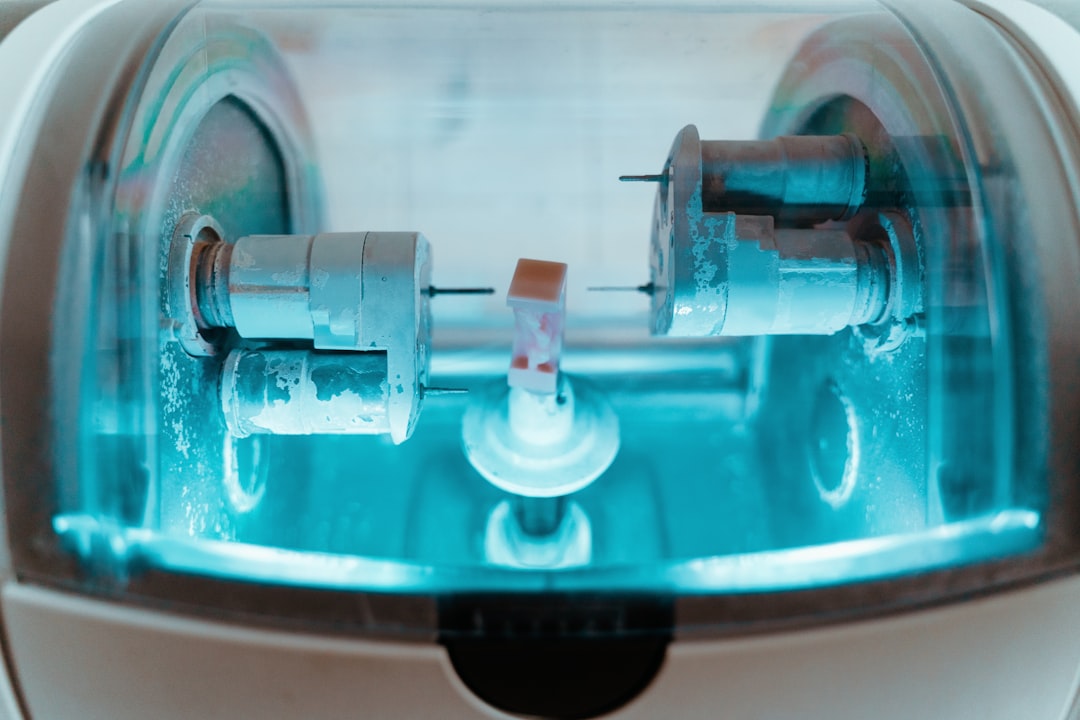What is it about?
Using oats as a raw material in brewing has recently become the focus of increased interest. This is due to research findings which have shown that oats can be consumed safely by coeliac sufferers. It is also a response to consumer demand for products with novel sensory properties. In this study, beer was produced entirely from oat malt, from barley malt, and from oat and barley malts mixed with various quantities of unmalted oats. Compared with barley wort, wort made from malted oats provided a lower extract content and had a higher protein content, but a lower free amino nitrogen content (FAN). The oat wort also showed increased viscosity and haze. The addition of unmalted oats during wort production produced significant changes in the physico-chemical parameters of both oat and barley worts and beers. Unmalted oats caused an increase in wort viscosity and haze, and a reduction in total soluble nitrogen (TSN) and FAN. Unmalted oats also contributed to lowering the concentration of higher alcohols and esters. Beer made from 100% oat and barley malts exhibited similar alcohol contents. The use of oat adjunct in both cases resulted in lower ethanol content. The introduction of enzyme preparations during the production of wort with oat adjunct had many benefits: increased extract content and FAN, a higher volume of wort, and lower viscosity which led to faster wort filtration. This research suggests that the use of enzymes is necessary to make production using a high proportion of oats in the grist profitable.
Featured Image
Read the Original
This page is a summary of: Malted and unmalted oats in brewing, Journal of the Institute of Brewing, September 2014, Wiley,
DOI: 10.1002/jib.178.
You can read the full text:
Contributors
The following have contributed to this page










